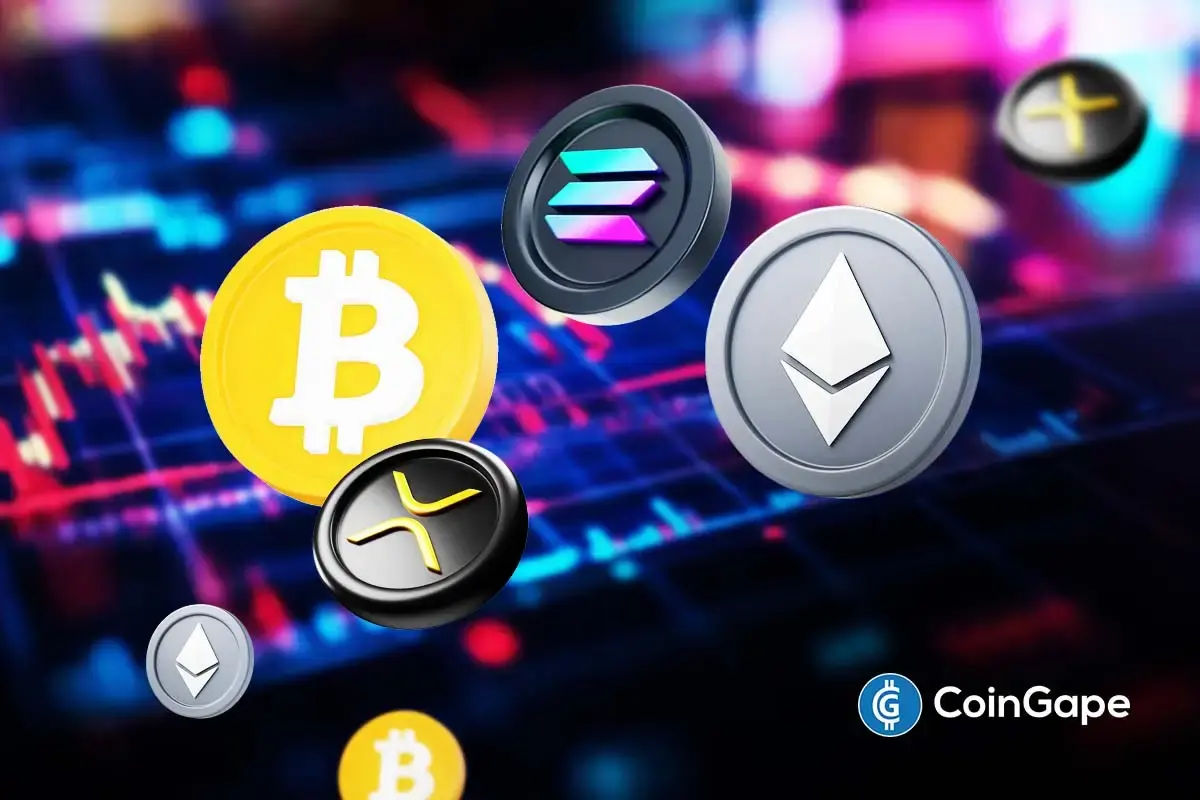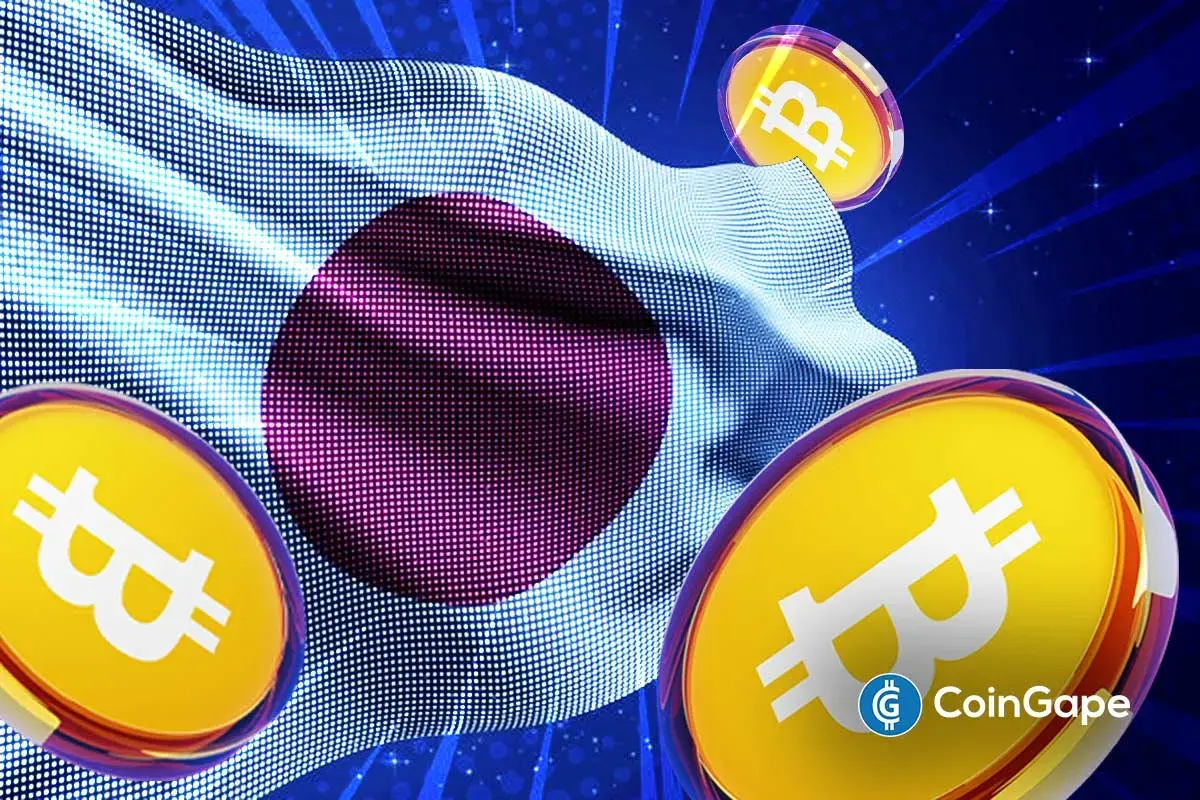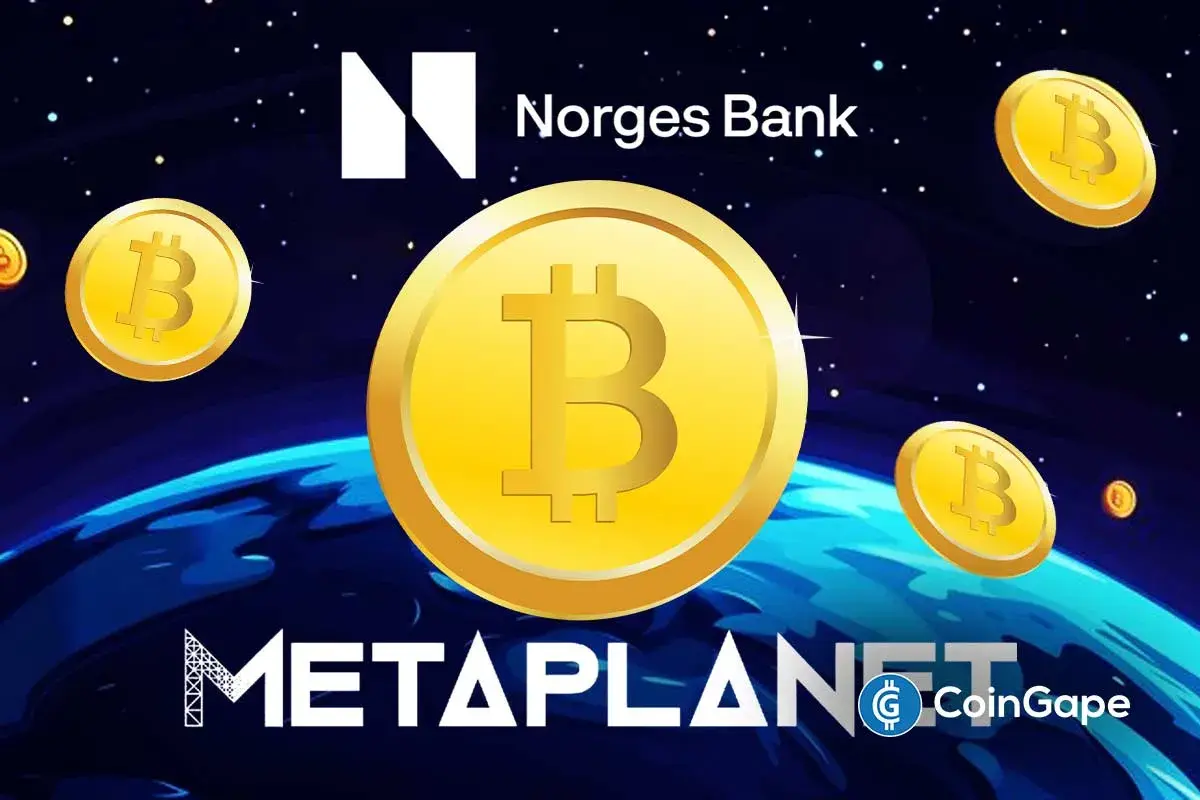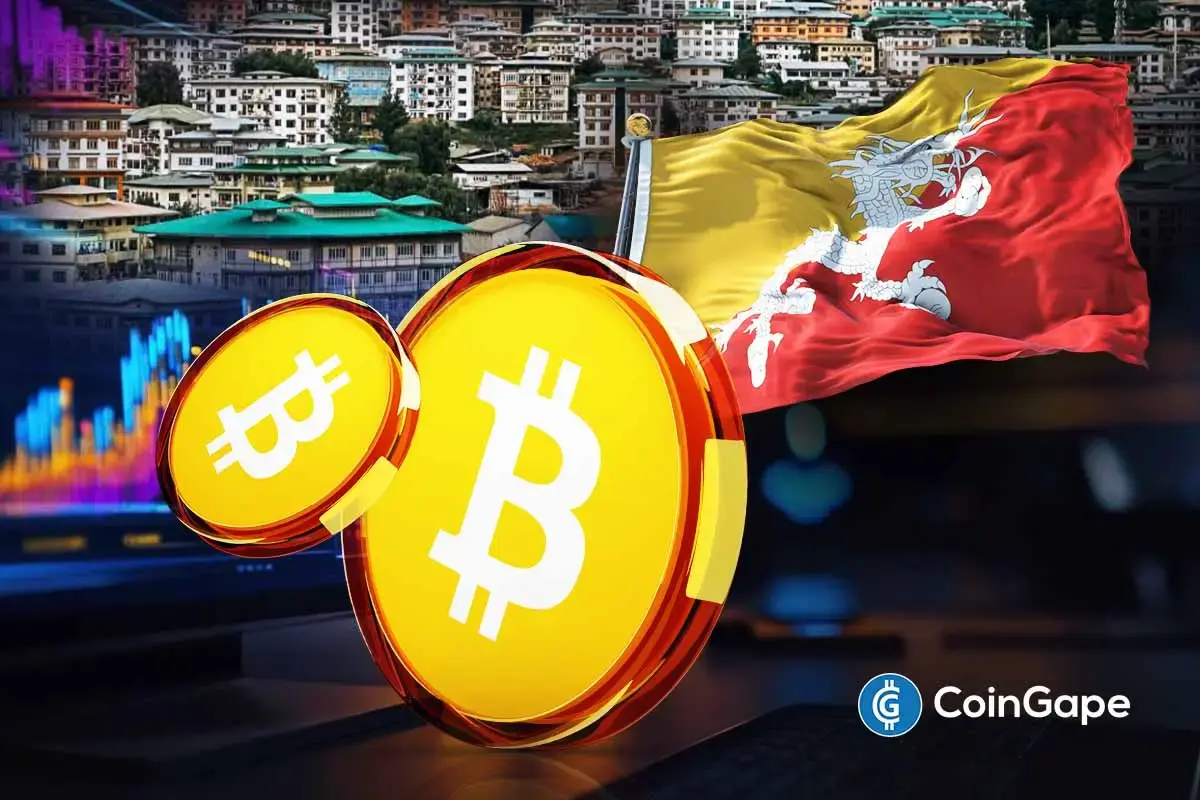Vitalik Buterin Weighs In On Bitcoin Block Size War, Here’s All

Highlights
- The block size war centered on whether to increase Bitcoin's block size to lower transaction fees at the potential cost of decentralization.
- Small blockers prioritized decentralization and ease of running nodes, while big blockers focused on lower fees and scalability.
- The conflict highlights the challenges of governance in decentralized systems, with lessons extending beyond Bitcoin to other digital communities.
The initial debate in the Bitcoin block size war revolved around a straightforward question “should Bitcoin undergo a hard fork to increase the block size limit from 1 MB to a larger value?” The proponents argued that raising the block size would enable Bitcoin to process more transactions, thereby reducing fees. However, this adjustment would also make it more difficult and costly to run and verify nodes, potentially centralizing the network.
The fundamental conflict highlighted Bitcoin’s identity crisis: whether it should prioritize being a low-fee transaction network akin to traditional payment processors or maintain its uniqueness as a decentralized currency free from central authority. Vitalik Buterin emphasized that an active governance structure, necessary for controversial changes like block size adjustments, could undermine Bitcoin’s core advantage of decentralization, making it susceptible to manipulation by miners, exchanges, or other large entities.
Vitaliks’ Overview Of Divergent Views: Small Blockers vs. Big Blockers
The crux of the disagreement between small blockers and big blockers lay in their governance philosophies and technical priorities. Small blockers valued the ease of running a node and maintaining decentralization, believing that Bitcoin should remain accessible to ordinary users. They feared that large players could dominate the network, compromising its decentralized ethos.
Conversely, big blockers prioritized lower transaction fees and scalability, arguing that larger blocks would keep Bitcoin affordable for users and prevent reliance on centralized layer-2 solutions. Bier portrayed small blockers as protectors of user sovereignty against powerful miners and exchanges, while Ver depicted big blockers as defenders of user affordability against entrenched, VC-funded interests like Blockstream. This ideological clash extended beyond technical specifics to a broader vision of Bitcoin’s future.
Also Read: Ethereum Price Soars Amid $40M Influx, Will The Momentum Sustain?
Lessons from Bitcoin’s Civil War and Broader Implications
Reflecting on the block size war, Buterin acknowledged merits on both sides: big blockers were correct about the need for larger blocks to prevent excessive transaction fees, while small blockers were more technically prudent and less prone to errors. The conflict underscored a recurring challenge in decentralized communities: achieving consensus without fracturing. He sighted the case of Bitcoin Cash, which split from Bitcoin to pursue larger blocks, illustrates the pitfalls of forking as a governance strategy.
Post-fork, Bitcoin Cash itself experienced further splits, highlighting the difficulty in maintaining unity and cooperation in decentralized movements. Buterin’s initiative, Zuzalu, aimed to foster constructive change in digital communities, emphasizing the need for execution over mere ideological alignment. He recommended reading both Bier’s “The Blocksize War” and Patterson and Ver’s “Hijacking Bitcoin” to grasp the significance of this pivotal moment in Bitcoin’s history and its implications for future digital nations.
Also Read: Ethereum Blockchain Version Of Bitcoin Has Presold 3.2M of 4-Million Tokens
- Ripple, Circle Could Gain Fed Access as Board Seeks Feedback on ‘Skinny Master Account’
- Fed’s Williams Says No Urgency to Cut Rates Further as Crypto Traders Bet Against January Cut
- Trump to Interview BlackRock’s Rick Rieder as Fed Chair Shortlist Narrows to Four
- Breaking: VanEck Discloses Fees and Staking Details for its Avalanche ETF
- Crypto Market Braces for Volatility as BTC, ETH Options Expiry Collides $7.1 Trillion ‘Triple Witching’
- SUI Price Forecast After Bitwise Filed for SUI ETF With U.S. SEC – Is $3 Next?
- Bitcoin Price Alarming Pattern Points to a Dip to $80k as $2.7b Options Expires Today
- Dogecoin Price Prediction Points to $0.20 Rebound as Coinbase Launches Regulated DOGE Futures
- Pi Coin Price Prediction as Expert Warns Bitcoin May Hit $70k After BoJ Rate Hike
- Cardano Price Outlook: Will the NIGHT Token Demand Surge Trigger a Rebound?
- Will Bitcoin Price Crash to $74K as Japan Eyes Rate Hike on December 19?
















